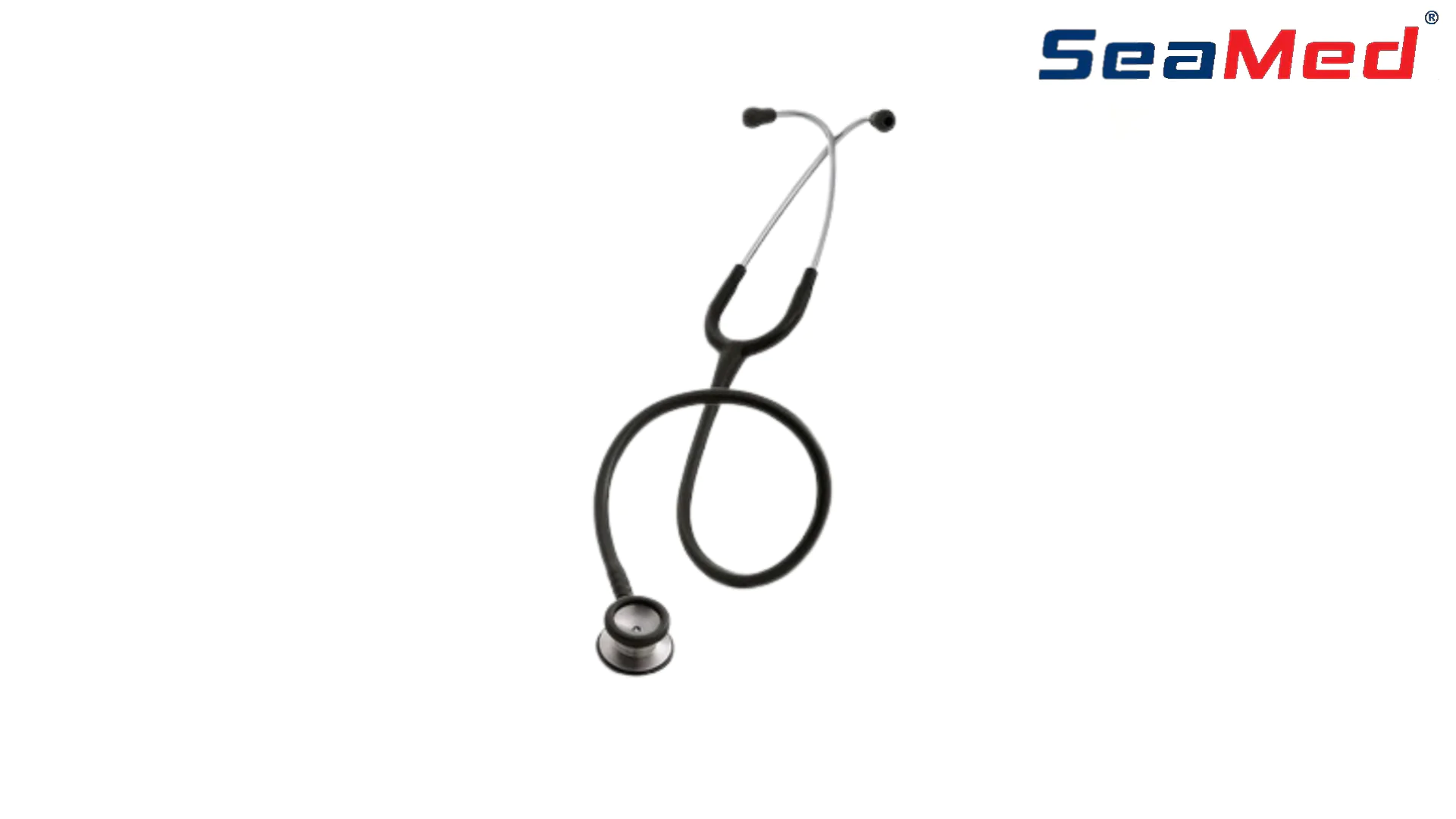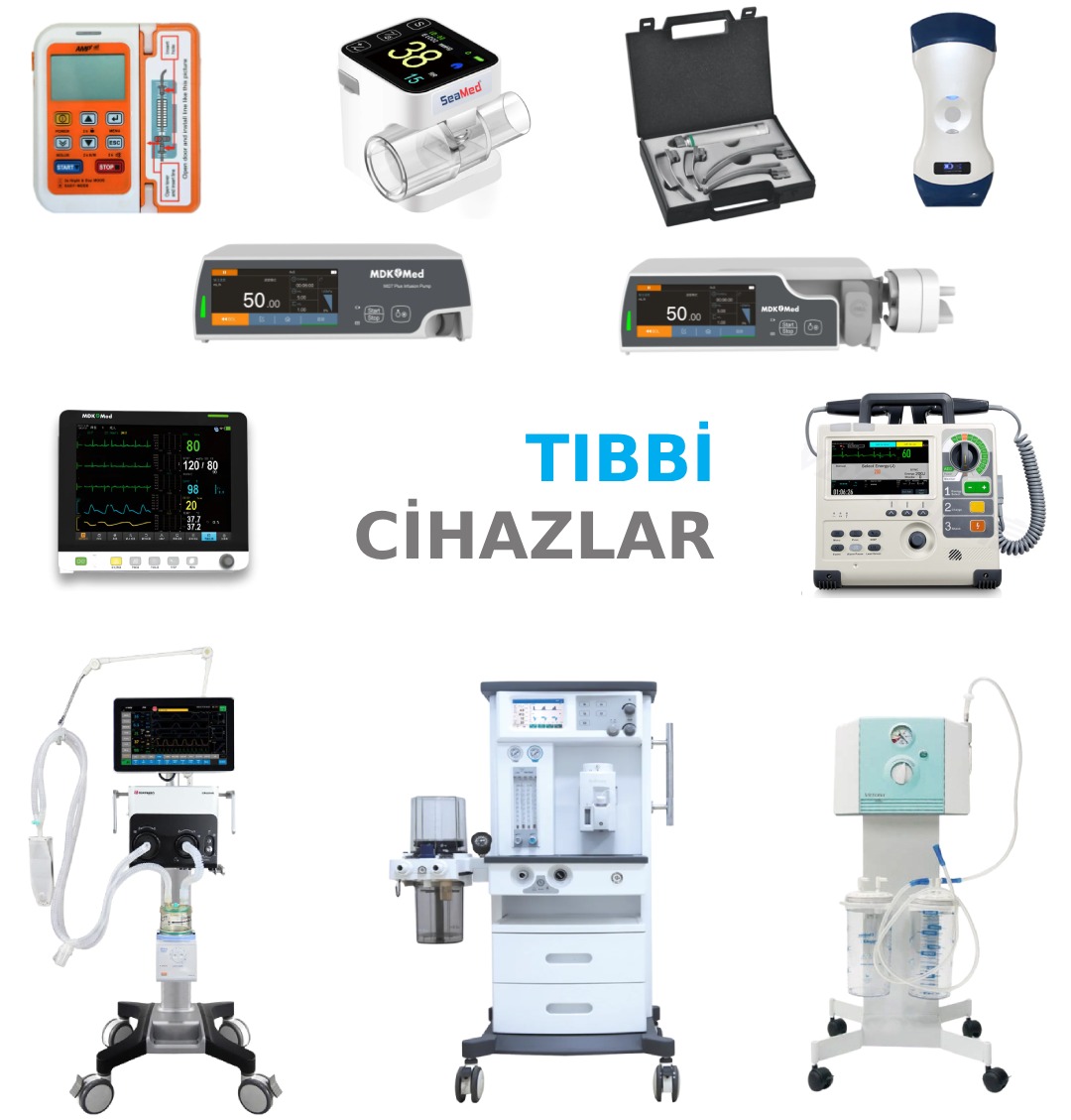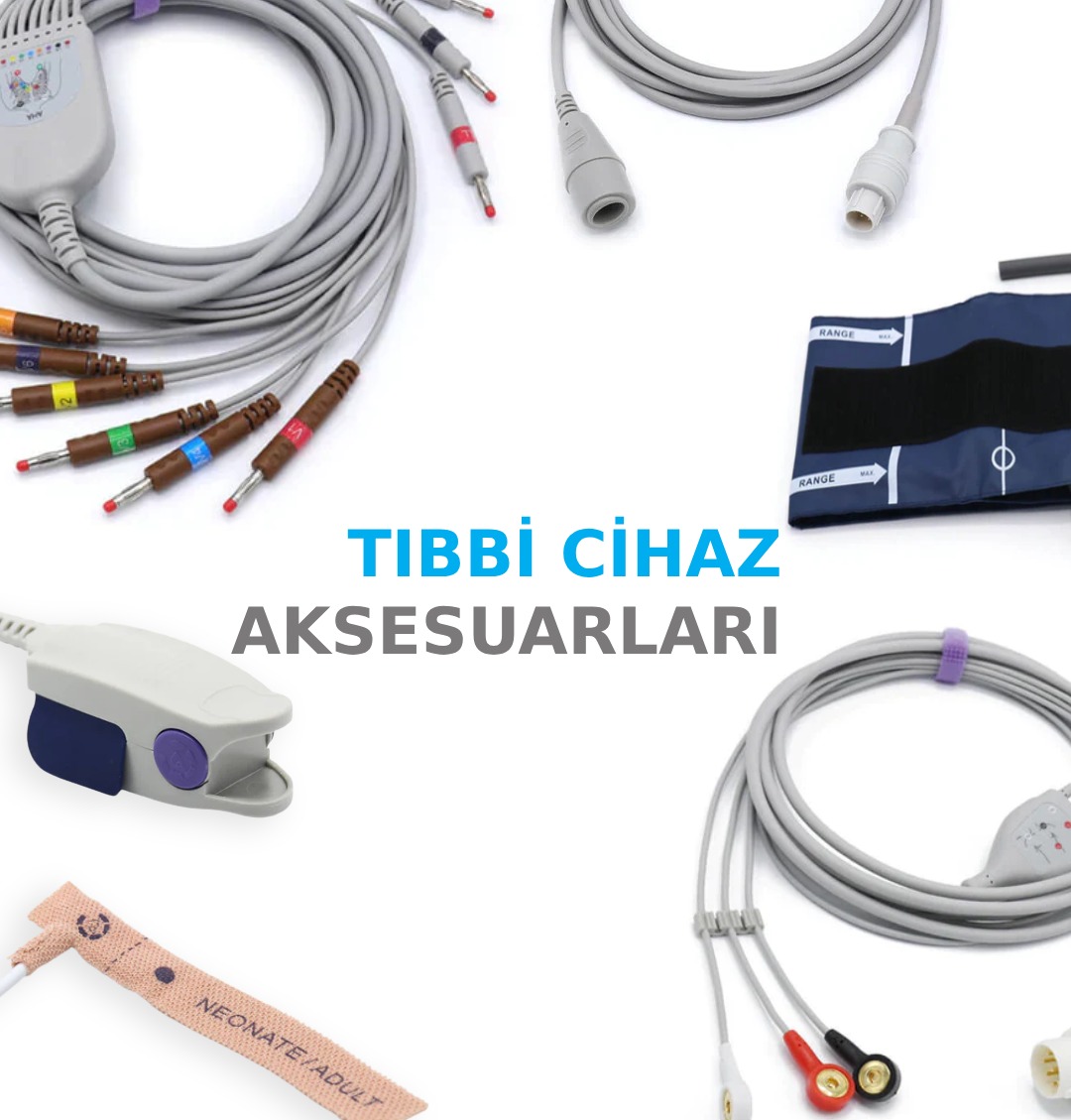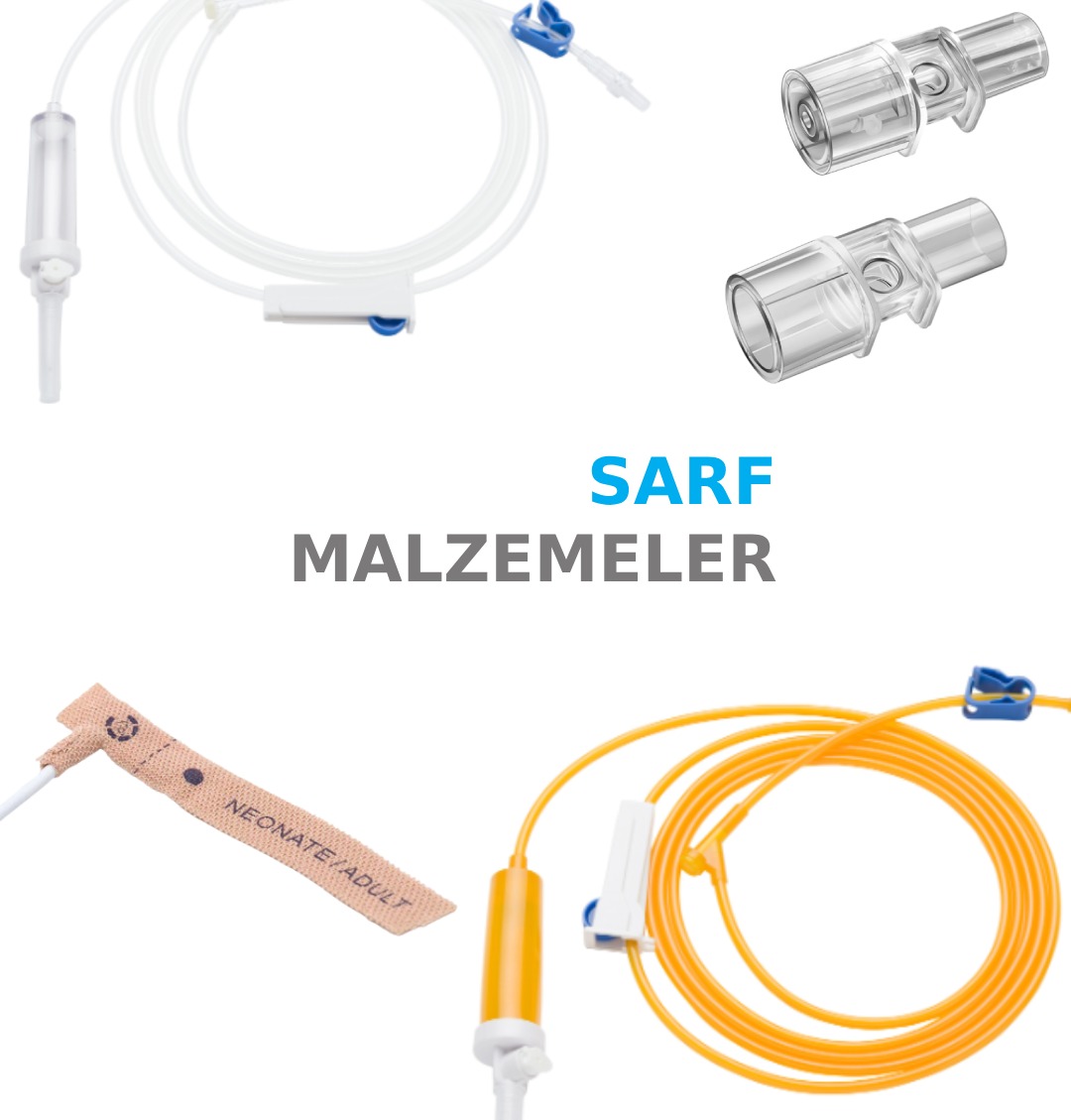
SEAMED PEDIATRIC STETHOSCOPE
- Head Made of Stainless Steel
- Extra Large Bell for Frequency Response
- Ultra-Sensitive Diaphragm for Clear High Frequency Response
- Superior Comfort of Use and Acoustic Seal
- PVC Ear Tips
Stethoscopes are a medical device commonly used in medical examinations and diagnoses. These devices are used to hear and evaluate sounds in the body. Stethoscopes usually consist of a chest piece and two headphones. These headphones allow healthcare professionals to clearly hear sounds coming from various parts of the body.
The usage areas of stethoscopes are quite wide. They are used especially frequently by physicians, nurses, emergency room workers and other healthcare professionals. Stethoscopes are used for many clinical applications, such as listening to heart and lung sounds, checking the pulse of the arteries, evaluating bowel movements and measuring blood pressure. Additionally, stethoscopes are sometimes used to listen to baby heartbeats during pregnancy.
The working principle of stethoscopes is quite simple. The chest piece is used to detect sounds in the body. This piece amplifies sounds in the heart, lungs, abdomen and other areas. Amplification is carried out by the hoses and diaphragm through which the sound is transmitted to the headphones. Headphone parts are designed so that the healthcare professional can hear sounds clearly.
Some medical-technical terms related to stethoscopes are: "Earpiece" is the piece placed in the healthcare professional's ear. The "diaphragm" is a part of the chest piece and is often used for listening to high frequency sounds. "Tubing" is the flexible tube that connects the chest piece of the stethoscope to the headphones. "Sound Amplification" is when the stethoscope magnifies sounds and makes them heard clearly.
As a result, stethoscopes are an important tool in medical examinations and diagnoses. They are used to listen to and evaluate sounds in the body. Stethoscopes assist healthcare professionals in many clinical applications, such as listening to heart and lung sounds, checking pulse, assessing bowel movements, and measuring blood pressure. These devices play an important role in the evaluation of sounds in the field of healthcare and contribute to accurate diagnosis and treatment processes.



